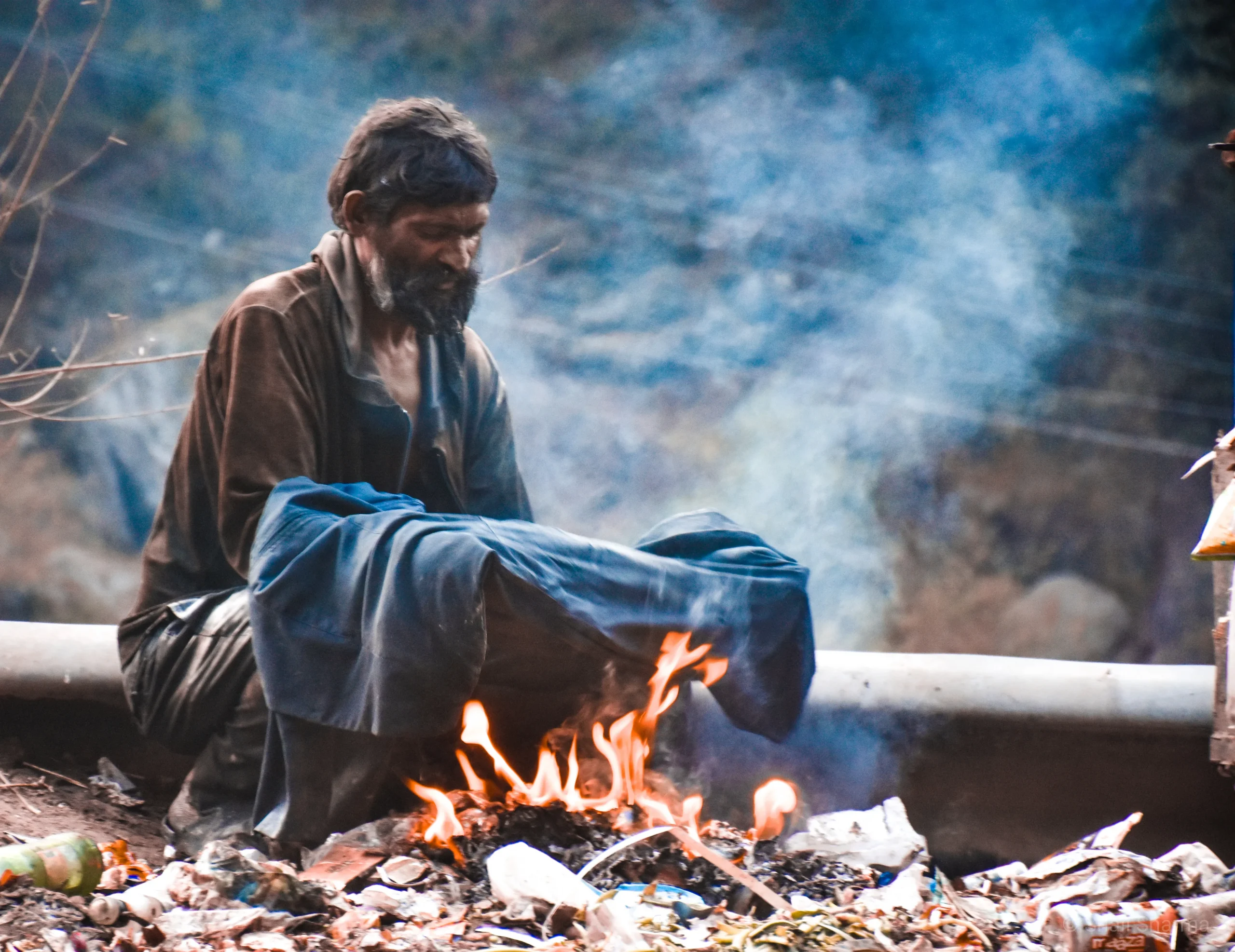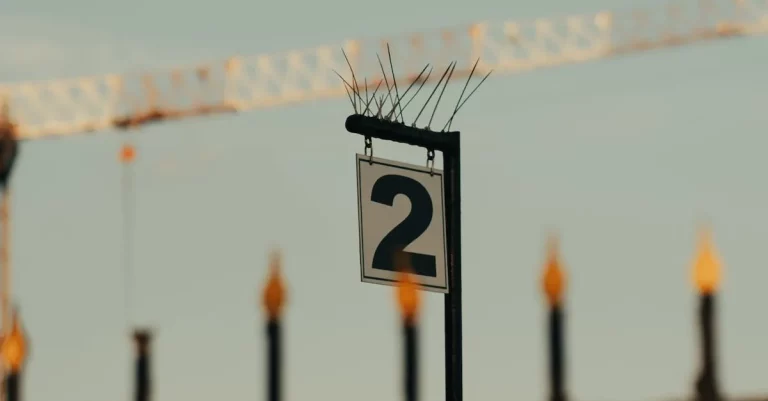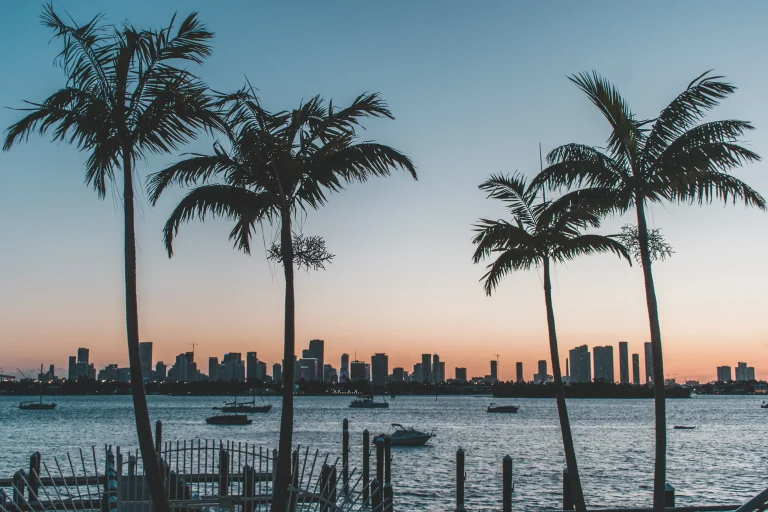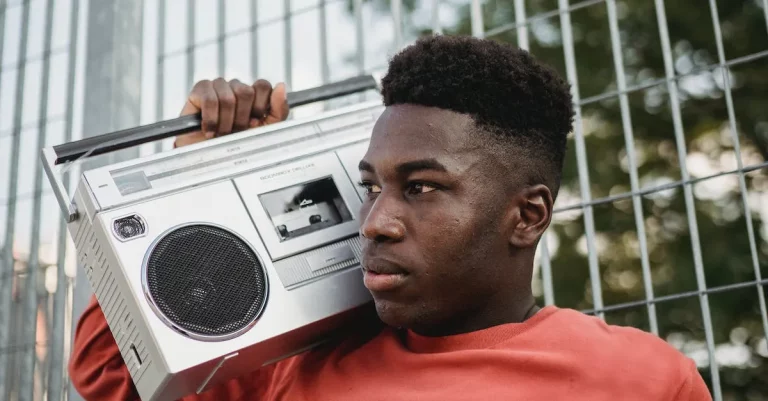What Is The Poorest Part Of New York?
New York City conjures images of glitz and glamour, but it is also home to some of the poorest neighborhoods in the United States. If you’re short on time, here’s a quick answer to your question: the South Bronx is considered the poorest Congressional District in the country.
In this in-depth article, we will examine the factors that contribute to poverty in New York City, with a focus on the South Bronx. We will look at income, employment, education, housing, health outcomes, crime rates, and other socioeconomic indicators that reveal why certain areas remain mired in poverty while other parts of New York have prospered.
Defining and Measuring Poverty in New York City
Poverty is a complex issue that affects many cities around the world, and New York City is no exception. In order to understand the poorest parts of New York, it is important to have a clear definition and measurement of poverty.
Official poverty rate
The official poverty rate is one way to measure poverty in New York City. This rate is determined by the federal government and is based on a set income threshold. Currently, the poverty threshold for a family of four is around $26,500 per year.
If a family’s income falls below this threshold, they are considered to be living in poverty.
According to the most recent data from the U.S. Census Bureau, the official poverty rate in New York City is approximately 19%. This means that nearly one in five New Yorkers live below the poverty line.
Other metrics like median income and unemployment
While the official poverty rate provides a snapshot of poverty in New York City, it is not the only metric that can be used to measure poverty. Other metrics, such as median household income and unemployment rate, can also provide valuable insights.
The median household income is the midpoint of all household incomes in a given area. It is often used as a measure of economic well-being. In New York City, the median household income is approximately $63,000 per year.
However, it is important to note that this figure can vary significantly depending on the neighborhood.
The unemployment rate is another important metric to consider when measuring poverty. In New York City, the unemployment rate is currently around 4%. While this may seem low, it is important to remember that unemployment can have a significant impact on poverty rates, as individuals and families without steady income may struggle to make ends meet.
It is worth mentioning that poverty is a complex issue that cannot be fully captured by a single metric. It is influenced by a variety of factors, including access to education, affordable housing, healthcare, and job opportunities.
Therefore, it is necessary to consider multiple metrics and indicators when identifying the poorest parts of New York City.
For more information on poverty in New York City, you can visit the official website of the Mayor’s Office for Economic Opportunity or the U.S. Census Bureau website.
History of the South Bronx
The South Bronx, a region in New York City, has a rich and complex history that has shaped its current socioeconomic landscape. Understanding this history is crucial to understanding why it is often considered the poorest part of New York.
Development of the South Bronx
The South Bronx was initially a prosperous area, known for its beautiful homes and vibrant neighborhoods. In the early 1900s, it attracted immigrants from various countries, including Italy, Ireland, and Germany.
These new residents brought their unique cultures and contributed to the area’s growth and development.
During the mid-20th century, the South Bronx experienced a major shift as suburbanization became popular. Many middle-class families began moving to the suburbs, leaving behind vacant homes and a declining economy in the South Bronx.
This trend was further exacerbated by the loss of manufacturing jobs, which were once the backbone of the local economy.
Decline due to suburbanization, loss of manufacturing jobs
The decline of the South Bronx can be attributed to a combination of factors, including suburbanization and the loss of manufacturing jobs. As families moved to the suburbs in search of better opportunities and quality of life, the South Bronx was left with a shrinking population and a struggling economy.
Furthermore, the loss of manufacturing jobs, particularly in industries such as textiles and food processing, dealt a heavy blow to the South Bronx. Many factories closed down or relocated, leaving behind unemployment and economic instability.
Impact of redlining, blockbusting, and planned shrinkage policies
In addition to suburbanization and the loss of manufacturing jobs, the South Bronx was also affected by discriminatory practices such as redlining, blockbusting, and planned shrinkage policies. Redlining, a practice by which certain neighborhoods were denied access to financial services, hindered economic growth and development in the South Bronx.
Blockbusting, another discriminatory practice, involved real estate agents and speculators exploiting racial tensions to drive down property values and profit from the resulting panic selling. This led to a rapid turnover of residents and further destabilized the community.
Planned shrinkage policies, implemented by city officials in the 1970s, involved deliberately neglecting public services, including fire and police protection, sanitation, and housing code enforcement, in certain neighborhoods, including the South Bronx.
This policy further exacerbated the decline of the area, leaving its residents without essential services and contributing to a sense of abandonment.
It is important to consider these historical factors when analyzing the current state of the South Bronx. While efforts have been made to revitalize the area and address its challenges, understanding its history is crucial in developing effective solutions and creating a more equitable future.
Socioeconomic Conditions in the South Bronx Today
Income and employment
The South Bronx is known to be one of the poorest parts of New York City. The area faces significant challenges when it comes to income and employment. According to recent statistics, the median household income in the South Bronx is significantly lower than the city average.
This disparity can be attributed to a combination of factors, including a higher unemployment rate, lower educational attainment, and limited job opportunities in the area.
According to data from the Citizens’ Committee for Children of New York, the poverty rate in the South Bronx is well above the city average. Many residents struggle to make ends meet and face barriers to finding stable employment.
This has a ripple effect on the overall economic well-being of the community.
Education
Education is another area where the South Bronx faces challenges. The quality of education in the area has historically been lower compared to other parts of the city. This can be attributed to a lack of resources, overcrowded classrooms, and limited access to extracurricular activities.
However, efforts are being made to improve the educational landscape in the South Bronx. Organizations like the South Bronx Rising Together are working to provide support and resources to schools and students in the area.
By investing in education, there is hope for a brighter future for the youth of the South Bronx.
Health outcomes
Health outcomes in the South Bronx are a significant concern. The area has higher rates of chronic diseases, such as diabetes and asthma, compared to other parts of New York City. Limited access to healthcare facilities and healthy food options contribute to these disparities.
Community organizations like the South Bronx Health Center are working tirelessly to address these health disparities. They provide affordable healthcare services and promote healthy living through education and outreach programs.
By focusing on preventative care and community engagement, they aim to improve the overall health outcomes in the South Bronx.
Housing and infrastructure
The South Bronx faces significant challenges when it comes to housing and infrastructure. Many residents live in substandard housing conditions, with issues such as overcrowding, inadequate heating, and pest infestations.
The lack of affordable housing options also adds to the burden faced by the community.
Efforts are being made to address these housing and infrastructure issues. The New York City Housing Authority (NYCHA) is working to improve living conditions in public housing developments in the South Bronx.
Additionally, initiatives like the New York City Department of Housing Preservation and Development aim to increase affordable housing options in the area.
Crime and public safety
Crime rates have historically been higher in the South Bronx compared to other parts of New York City. However, it is important to note that crime rates have been decreasing in recent years. Community policing efforts, increased investment in public safety, and community engagement have contributed to this positive trend.
The NYPD’s 40th and 42nd precincts, which cover the South Bronx, have implemented various strategies to address crime and improve public safety. These include increased police presence, collaboration with community organizations, and targeted enforcement actions.
While challenges remain, the South Bronx is a resilient community that is working together to overcome its socioeconomic conditions. With continued support and investment, there is hope for a brighter future for the residents of the South Bronx.
Efforts to Revitalize the South Bronx
The South Bronx has long been known as one of the poorest parts of New York City. However, in recent years, there have been significant efforts to revitalize this area and improve the quality of life for its residents.
These efforts have been driven by a combination of government programs, private investment, and community-based initiatives.
Government programs
The government has played a crucial role in the revitalization of the South Bronx. Various programs have been implemented to address the challenges faced by the community. For example, the New York City Department of Housing Preservation and Development has invested in affordable housing projects in the area, providing residents with safe and affordable places to live.
Additionally, the city has focused on improving infrastructure, such as renovating parks and upgrading public transportation, to enhance the overall appeal of the South Bronx.
Private investment
Private investors have also recognized the potential of the South Bronx and have contributed to its revitalization. Companies and developers have been attracted to the area due to its proximity to Manhattan and its affordable real estate prices.
This has led to the construction of new residential and commercial buildings, creating job opportunities and stimulating economic growth. Additionally, private organizations have partnered with local community groups to provide resources and support for small businesses, helping to promote entrepreneurship in the South Bronx.
Community-based initiatives
Community-based initiatives have been crucial in the revitalization of the South Bronx. Local organizations and residents have taken the lead in improving their neighborhoods and addressing the specific needs of the community.
For example, community gardens and urban farming projects have been established to promote healthy eating and provide access to fresh produce. Youth programs and educational initiatives have been implemented to empower the younger generation and promote academic success.
These initiatives have not only improved the physical environment of the South Bronx but have also fostered a sense of pride and unity among its residents.
Conclusion
While parts of New York have prospered, areas like the South Bronx continue to face significant socioeconomic challenges. However, thanks to community activism and revitalization efforts, there are signs of progress. With continued investment and policy changes to promote equity, there is hope that the South Bronx may shed its reputation as the poorest part of New York City.








